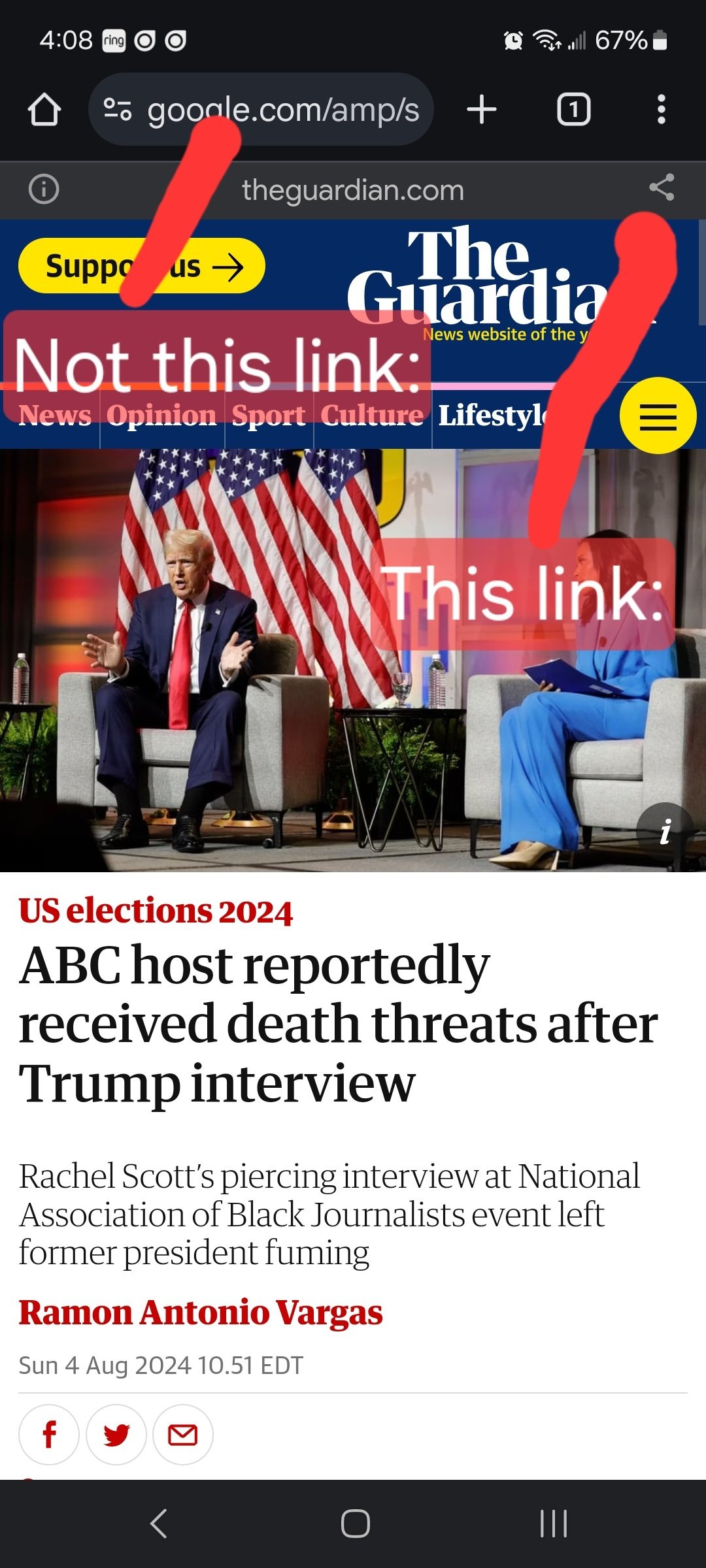From Kathmandu to Lima, youth-led uprisings are driving thousands from their screens to the streets, demanding accountability, change and, in some cases, toppling governments.
These Gen-Z protesters come from disparate backgrounds and have different demands.
But the throughline is clear: Growing inequality and marginalization is destroying young people’s hopes for the future – and the only way forward is to confront a broken social contract head on.
Here’s what you need to know.
A global movement
On consecutive nights this week, cities and towns across Morocco have pulsed with the anger of young people mobilized under the umbrella “GenZ 212” – the country’s international dialing code. Led by mostly students and unemployed graduates, the protesters are demanding sweeping reforms in healthcare, education and social justice – issues they say have been sidelined as the government pours billions into 2030 World Cup infrastructure.
While stadiums and luxury hotels are erected, hospitals remain overcrowded and rural areas underserved. Morocco’s education system, long underfunded, is churning out graduates with few job prospects: Youth unemployment sits at 36% – and nearly 1 in 5 university graduates are out of work.
The recent protests were triggered by the deaths of several pregnant women following routine C-sections in the coastal city of Agadir, spotlighting the crumbling healthcare system. The government’s response has been swift and brutal: Three people were killed and hundreds of others injured, authorities said. Riot police have been deployed across major cities, using force and arresting dozens. Prime Minister Aziz Akhannouch said Thursday his government had “engaged” with the protesters’ demands and was ready for “dialogue and discussion.” On Friday, GenZ 212 demanded the government resign.
But protests aren’t fading.

Thousands of miles away to the south, youth-led unrest is rocking Madagascar. For several days this week, cities across the Indian Ocean nation – one of Africa’s poorest – have been flooded with young protesters outraged over water shortages and rolling blackouts. They quickly morphed into calls for systemic reform, with the protesters demanding the resignation of President Andry Rajoelina, who first came to power in a 2009 coup, and his government.
Rajoelina responded by dissolving the government this week, saying, “I heard the call, I felt the suffering,” but authorities continue to crack down on dissent. The United Nations said Monday at least 22 people had been killed and more than 100 injured. The government disputes these figures.
Meanwhile, in the South American nation of Peru, youth demonstrations began on September 20 after the government announced reforms to a pension law. The protests then swelled to wider calls to stamp out corruption, repression and rising crime under President Dina Boluarte’s rule. The Peruvian leader’s approval ratings recently sank to 2.5%, with her government at 3%, according to the Institute of Peruvian Studies’ July report, reflecting widespread economic anxiety, anger over corruption scandals and continued outrage over the killing of dozens of protesters after she took office in late 2022.

The Nepal connection
The unrest comes in the wake of Gen Z’s extraordinary and unprecedented take down of the Nepali government in September. What began as a protest against a government social media ban quickly morphed into a broader revolt against corruption and economic stagnation. In fewer than 48 hours, at least 22 people were killed and hundreds injured as demonstrators torched government buildings in the capital Kathmandu and toppled the prime minister.
